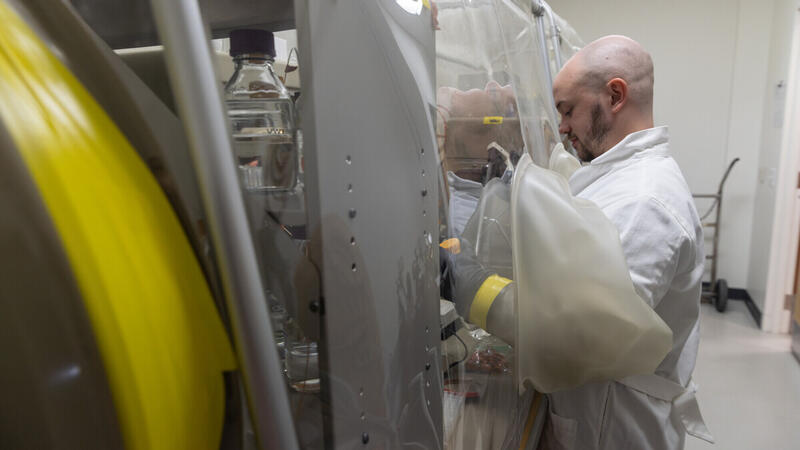News
Sustainable Biomass Conversion
Dual approaches pinpoint genes for better biofuel production
University of Wisconsin–Madison scientists have developed a new method for efficiently pinpointing genes that help microbes resist toxic chemicals, which could enable innovations in biotechnology, medicine, and agriculture.
With a focus on hydrocarbon fuels and chemicals made from non-food plants, the Bioenergy Research Centers are developing a portfolio of plant-based products, methods, and tools for use in an emerging U.S. bioeconomy.
Management techniques that boost organic carbon and nitrogen will help farmers deal with production and environmental challenges that come with greater climate variability and mitigate climate change by storing more carbon in soil. Yet there have been few long term studies comparing how different land management and crop systems affect organic matter.
Fox, the Marvin J. Johnson Professor in Fermentation Biochemistry and chair of the biochemistry department, was among four faculty selected by their peers as winners of the 2025 Hilldale Award.
There are different ways to estimate the effect of bioenergy crop systems on global warming, but they don't always agree, and no one has done a direct comparison. Here, scientists compared three approaches on three crop systems over 13 years at a single experimental site.
GLBRC scientists combined machine learning and automated testing to streamline the tedious process of finding the right green solvent for isolating valuable bioproducts.
University of Wisconsin–Madison scientists used advanced microscopic imaging to better understand the structure and function of these granules and their roles in microbial biology. They found that stunting cell growth caused bacteria to accumulate significantly more PHB and PP concentrated in larger granules, suggesting the organelles play a role in stress response.
Two scientists with the Great Lakes Bioenergy Research Center have been elected to the American Academy of Microbiology.
Great Lakes Bioenergy Research Center co-investigator Daniel Amador-Noguez was recently awarded a Presidential Early Career Award for Scientists and Engineers, the federal government's highest honor for early-career scientists and engineers.
Grace Gooley is a senior at the University of Wisconsin–Madison majoring in chemistry and environmental studies. She’s working on her senior thesis in the Ive Hermans lab, where research focuses on the sustainable synthesis of chemicals using catalysts with the goal of producing commercial compounds in ways that generate less waste, consume less energy, or emit less greenhouse gases than existing techniques.
UW–Madison professor Holly Gibbs was recognized for outstanding contributions to understanding of global environmental change, while Jiquan Chen, a professor at Michigan State University, was honored for a distinguished record of research that has advanced the discipline of geography.





